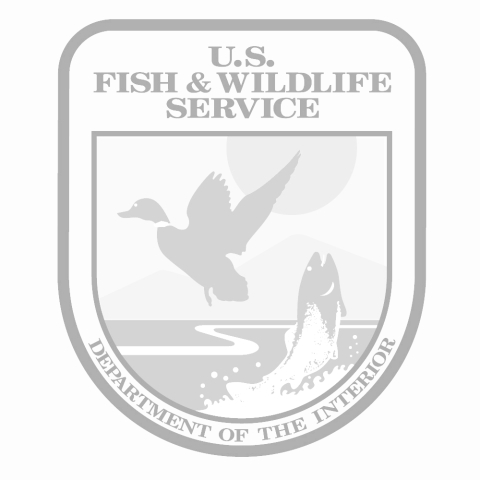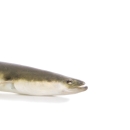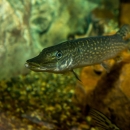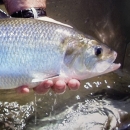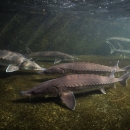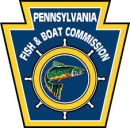American eel populations have been declining along the Atlantic coast. Although the Chesapeake Bay and tributaries support a large portion of the coastal eel population, until 2009, eels were rarely found in the Susquehanna River watershed. Following the construction of the Conowingo Dam in 1928 near the mouth of the Susquehanna River, eel migration into the Susquehanna watershed drastically declined. Although the Conowingo Dam has an operating fish lift for passage of American shad and other anadromous fish, it was not effective in passing young migrating eels. In partnership with the owner of the dam, Exelon, we collected eels and relocated them to upstream locations in the Susquehanna River watershed from 2009 until 2016. Following a license agreement, Exelon has taken over the collection and relocation of eels upstream of 4 mainstem dams.
We are now monitoring the eel growth, maturation, and downstream passage success past hydroelectric dams. We tagged eels and have recaptured eels multiple times over the years which has allowed us to track their growth over time. We've documented eels during their downstream migration out of stocked tributaries and have even recorded them successfully swimming past all major dams on the Susquehanna River. Downstream passage will continue to be monitored over time to inform best management practices so that American eel can continue their migration to the Atlantic Ocean where they can reproduce and start the next generation.
Contact Information
